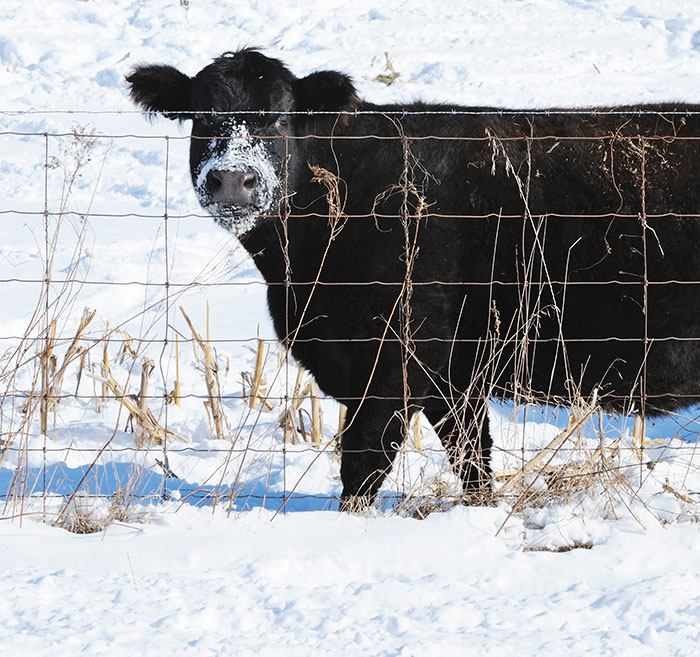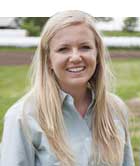
Many producers plant annual forages during the summer for winter use. However, a decision has to be made on whether to bale the forage or graze it during winter.
“Producers interested in grazing the mature standing forage want to avoid the expense of baling and moving the forage but may have concerns about the loss of forage quality if it isn’t baled right away,” says Karla Jenkins, cow/calf and range management specialist for the University of Nebraska.
In the UNL newsletter, BeefWatch, Jenkins shared the results of a two-year study conducted at the High Plains Ag Lab near Sidney, Neb., to address these concerns.
Following the harvest of irrigated wheat, forages were planted and additional water was applied to the crop. The total tonnage and the quality produced would vary if the forage was planted earlier in the summer on dryland acres.
“The interesting result about these forages was how minimal the quality changed over the winter,” Jenkins notes.
All the forages (sorghum-sudangrass, oats, and foxtail millet) maintained enough quality to support rumen function without additional protein, though some nutrient loss did occur (see table). The available nutrients would support about 1 to 1.5 pounds per day gain on weaned calves if the quantity was sufficient.
Interestingly, there was a severe drought during the first year of this study and nitrate levels were above the recommended 1,600 ppm (parts per million) for safe grazing when harvested just prior to frost. The nitrate levels had dissipated over the winter to reach safe levels by March.
Jenkins suggests to sample forages for nutrient content preceding grazing to know whether there are adequate amounts for the targeted cattle performance. For more detailed information on the study, visit bit.ly/HFG-WinterForage.

Sydney Sleep was the 2016 Hay & Forage Grower summer editorial intern and is a junior at South Dakota University.

